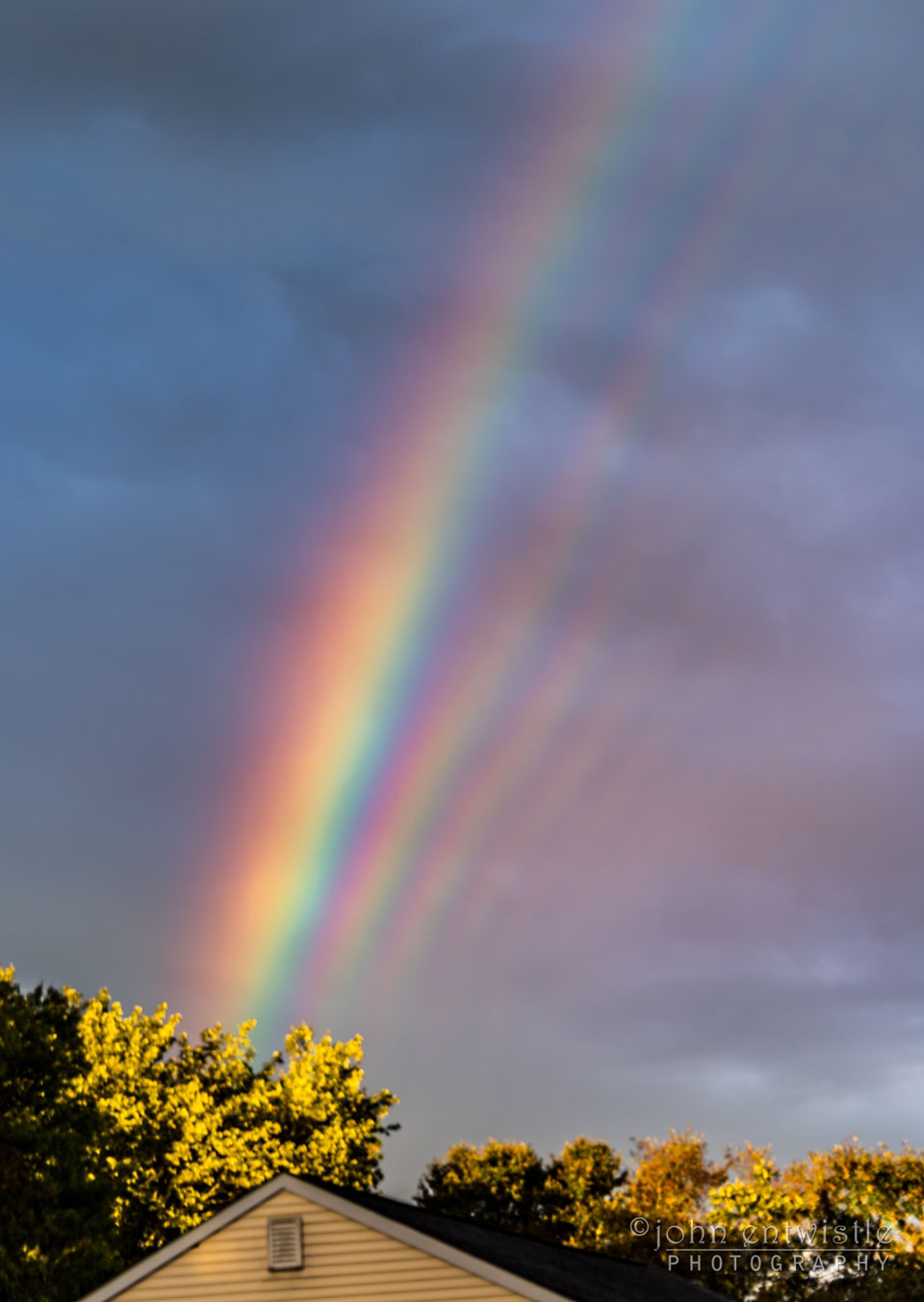NASA and the UAE Space Agency (UAESA) yesterday signed an Implementing Arrangement (IA) that outlines cooperation across a range of areas related to space exploration and human spaceflight.
from NASA https://ift.tt/2PcglQA
via IFTTT![]()
NASA and the UAE Space Agency (UAESA) yesterday signed an Implementing Arrangement (IA) that outlines cooperation across a range of areas related to space exploration and human spaceflight.
from NASA https://ift.tt/2PcglQA
via IFTTT![]()
Three members of the Expedition 56 crew returned safely to Earth Thursday from the International Space Station, where they spent months providing hands-on support for scientific research in low-Earth orbit, working to keep the orbiting laboratory fully operational, and performing three spacewalks.
from NASA https://ift.tt/2IBXRXj
via IFTTT![]()
NASA invites media to visit one of the agency’s many locations across the United States on Wednesday, Oct. 24, to learn more about how NASA is preparing to return astronauts to the Moon, then on the Mars.
from NASA https://ift.tt/2RiF1s2
via IFTTT![]()
Using NASA’s Hubble and Kepler space telescopes, astronomers have uncovered tantalizing evidence of what could be the first discovery of a moon orbiting a planet outside our solar system.
from NASA https://ift.tt/2DQDLtw
via IFTTT![]()
NASA has signed an agreement with the Israel Space Agency (ISA) to cooperatively utilize the Israeli nonprofit SpaceIL’s commercial lunar mission, expected to land on the Moon in 2019.
from NASA https://ift.tt/2xVfJYP
via IFTTT![]()
Below is NASA’s statement about the International Space Station Leak Investigation: On Aug. 29, 2018 a small hole was discovered on the International Space Station. This resulted in a pressure leak. The hole has been identified and fixed by space station crew.
from NASA https://ift.tt/2DTqy33
via IFTTT![]()
NASA and the National Oceanic and Atmospheric Administration (NOAA) have appointed a board to investigate an instrument anomaly aboard the Geostationary Operational Environmental Satellite (GOES) 17 weather satellite currently in orbit.
from NASA https://ift.tt/2NVj1FL
via IFTTT![]()
